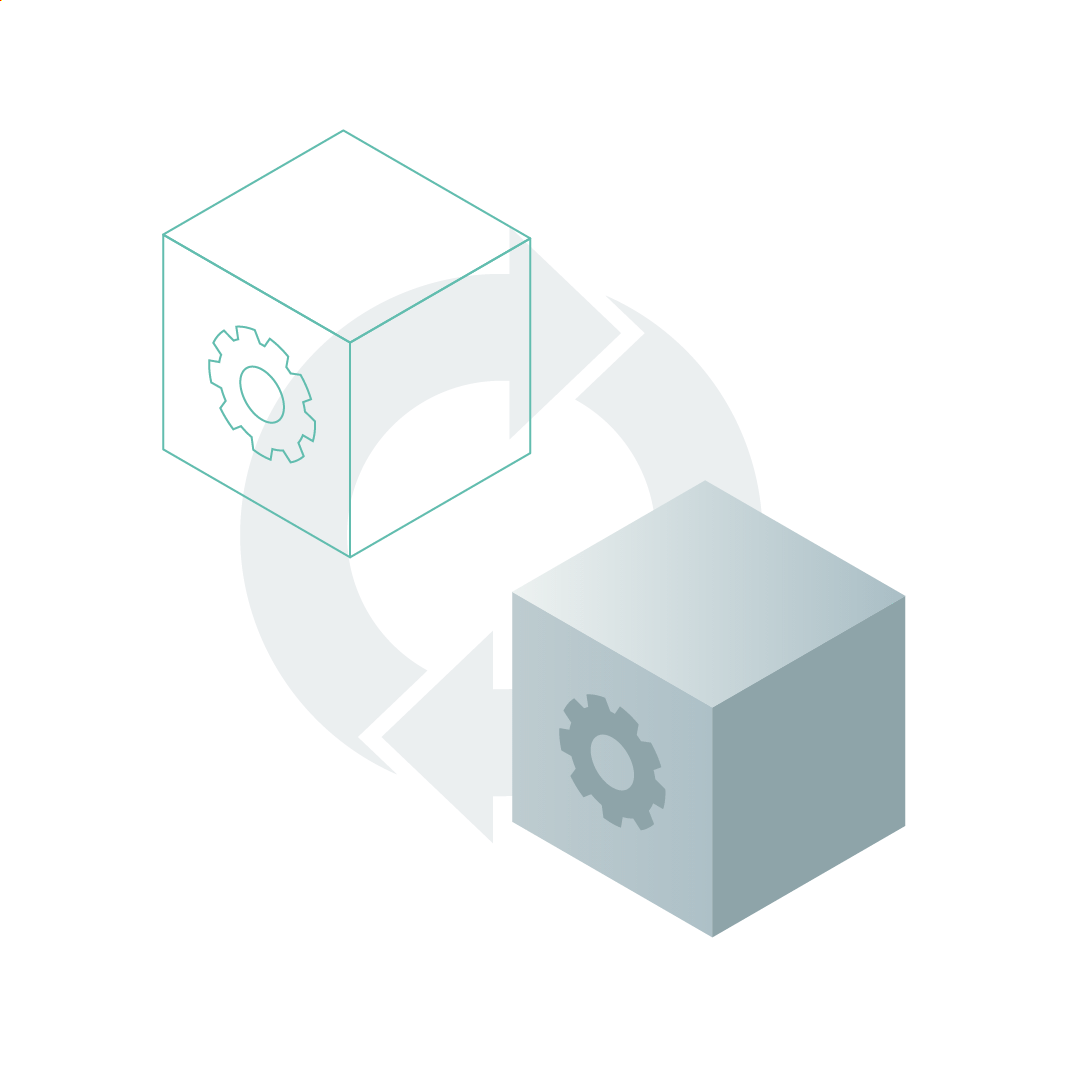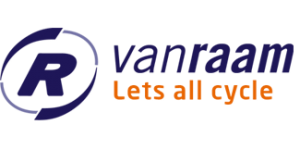More and more manufacturing companies are shifting from a mass production strategy to production strategies that allow for more customer-specific products. The production of more customer-specific products requires production companies to be more flexible in the manufacturing of their products. This flexibility can be realised with the implementation of a Configure to Order (CTO) production strategy. With Configure to Order, the production is divided into several pre-engineered parts of a product. These parts, or building blocks, can be combined endlessly. This ensures a highly configurable product that can be tailored to the customer’s needs. A modular approach like this enables standardising customised solutions, while decreasing lead times and thus saving costs.
These benefits fit seamlessly with the vision of bike manufacturer Van Raam BV. Van Raam is specialised in the design, development, and production of special needs bikes, for people with a disability. One of their goals is to optimise customised solutions for their customers, as the demand for personalisation is ever-growing. Therefore, they apply the Configure to Order (CTO) production strategy. Besides that, the goal of Van Raam is to improve scalability, so that even more people can enjoy their products.
To deliver highly customised bikes with a CTO strategy, a lot of communication is required regarding the order information. The basis for this communication within the production environment lies within making the required information available and accessible. To prepare for this, it is advisable to start with optimising the digital infrastructure and information accessibility, as well as the production capabilities. And that was also the first step in the project Van Raam did with the University of Twente and the FIP-AM@UT to this end. This step laid the basis for future digital services and an increase in the effectiveness and efficiency of the production environment.
The project was funded by the TKI High Tech Systems and Materials (HTSM) via the Dutch Ministry of Economic Affairs and Climate Policy’s PPS allowance scheme for Research and Innovation.







